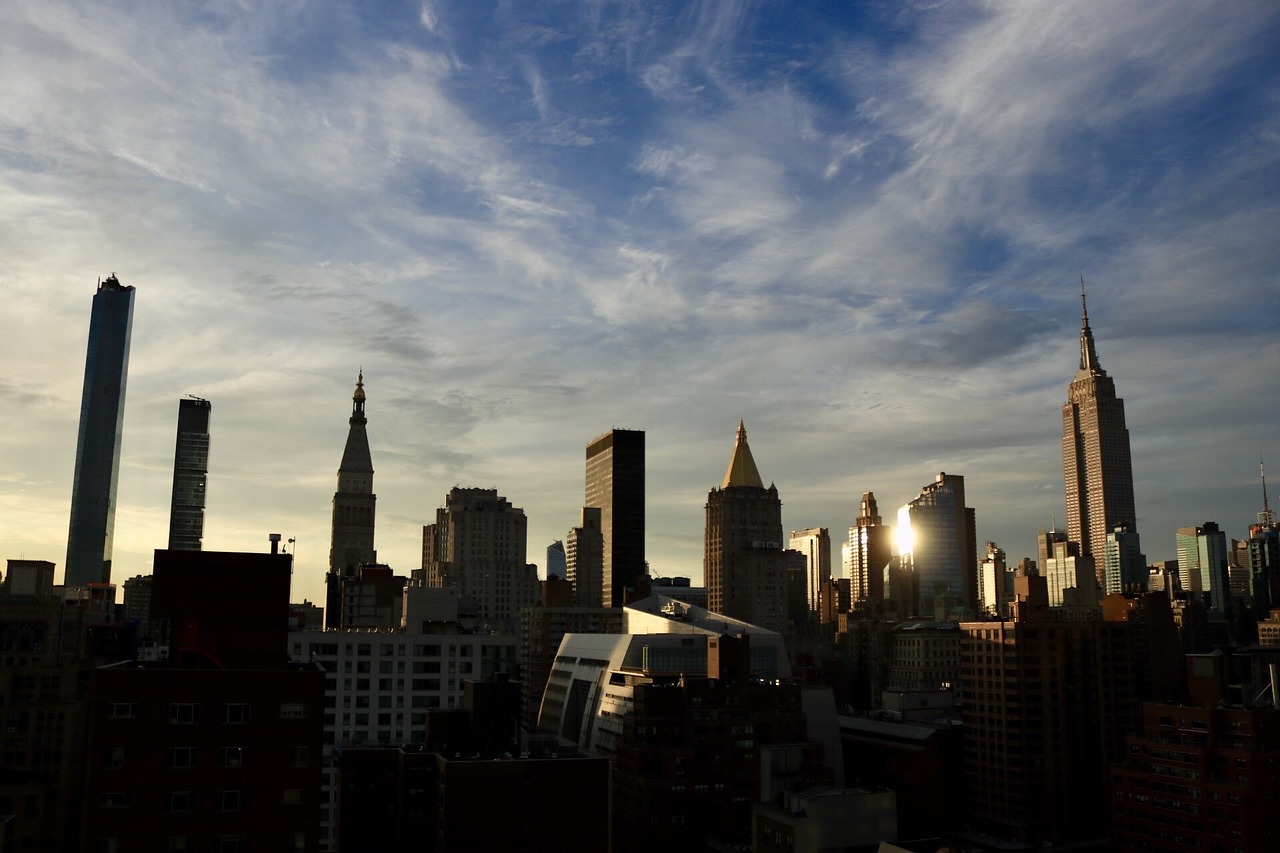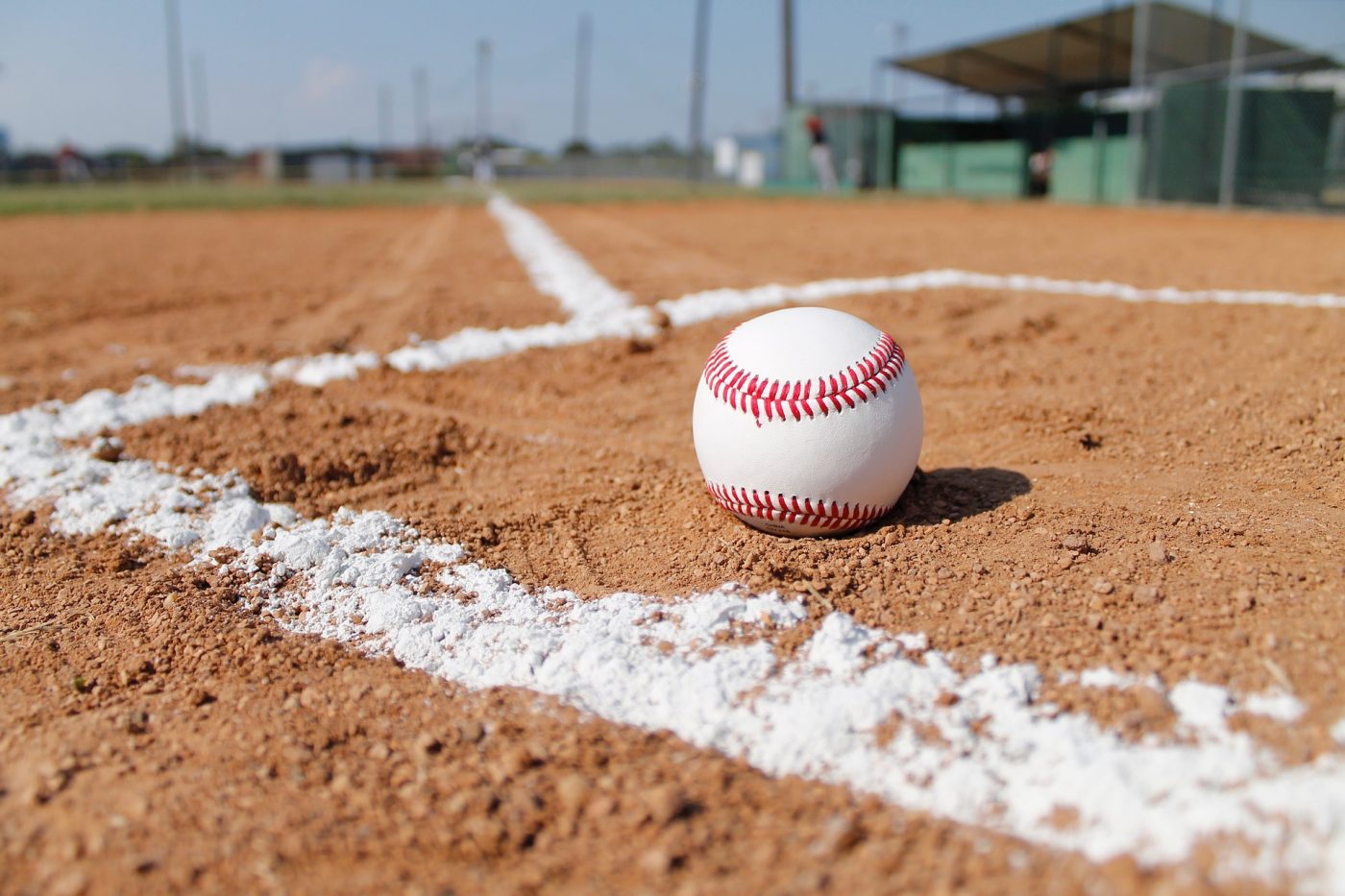Request a Quote
Shleppers Voted Best Moving Company in Westchester County, NY Read More
Have Questions? Call us!
Moving to Madison Square
Sitting at the intersection of Fifth Avenue and Broadway at 23rd Street is Manhattan’s Madison Square.
The land of Madison Square has worn many hats over the eras. From swampy hunting ground to Potter’s Field, to United States Army arsenal, to entertainment and later, business district—the area has proven to be highly versatile. Named for James Madison, our nation’s 4th President, the area is primarily known today as a business district. However, just west of the Madison Square lies a mostly commercial area with many residential buildings in construction.
Residential skyscrapers of note within the area include Madison Green, One Madison Park (a condominium tower standing at 50-stories high), and Madison Square Park Tower—a new, 64-story structure offering “privacy in the clouds” as the areas tallest residential building, with a 4,658 sq. ft. residence costing just short of $18 million. If you happen to be moving into one of these residencies—be sure to call Shleppers so we can enjoy the view while we help you move!
Madison Square Park
Open to the public and resting at the northern end of Manhattan’s Flatiron District is the 6.2-acre highlight of the area: Madison Square Park. The park officially opened to the public in May of 1847, and, within a few years of opening, residential development crept uptown to the area. At this time, the homes in the area consisted of narrow, congested and gloomy brownstone rowhouses. Presently, only one original brownstone remains.

Madison Square Garden
The very first Madison Square Garden was originally a passenger depot for the New York and Harlem Rail Road, owned by Cornelius Vanderbilt. Eventually, the depot moved to Grand Central Depot and the building remained vacant until P.T. Barnum transformed it into the “Monster Classical and Geological Hippodrome” for circus performances.
The original MSG building would later serve as a space for 100 musicians playing 150 conservative concerts, marathon races, revival meetings, grand balls, boxing exhibitions, and the very first Westminster Kennel Club Dog Show—until J.P. Morgan, Andrew Carnegie, James Stillman and W.W. Astor purchased the building and transformed it into a Beaux-Arts structure. Both Barnum and the Ringling Brothers circuses and the 1924 Democratic National Convention were hosted at the venue before it was moved uptown, away from the Madison Square area.
Madison Square’s longstanding history of athletic arenas actually began with “Franconi’s Hippodrome”— a 10,000-seater area that hosted chariot races on a 40-ft. wide track. The arena only lasted for two years before it was knocked down and land was used as the site of the Fifth Avenue Hotel
The Fifth Avenue Hotel Brings Forth Commercialization
An establishment worthy of mention is the once standing Fifth Avenue Hotel. Developed by Amos Eno on the west side of Madison Square from 1859-1908, the luxury hotel made history as America’s first to have elevators—a huge deal for upper-floor residents (and movers alike—no more stairs!)
With fireplaces in every bedroom, private bathrooms, and public rooms for tasteful events, visitors included Mark Twain, Jay Gould, and 10 of our nation’s Presidents. The hotel was demolished in 1908, with reports that the hotel bar’s patrons spent $7,000 on drinks during its last day of operation. Currently, the Toy Center rests on the site with a plaque commemorating the late hotel.
The rise of the Fifth Avenue Hotel sparked many other grand establishments including the Brunswick, the Victoria, and the Hoffman House. This brought forth entertainment spots like Chickering Hall and Madison Square Theatre. Delmonico’s, an upscale restaurant, and a plethora of high-end retail stores sprang up along Fifth Avenue and Broadway. As Madison Square became more and more commercialized, the most elite of residents migrated further uptown, allowing for the presence of more restaurants, clubs and theatres which made Madison Square quite the thriving entertainment district.
New York Base Ball
Perhaps Madison Square’s most notable claim to fame involved a vacant sandlot at 27th and Madison. During 1842, amateur players of a new sport were prompted by Alexander Cartwright to create rules for their game and begin a professional club. This would eventually be known as the New York Knickerbocker Base Ball Club.

More Fun Facts on Madison Square, NYC
Madison Square was the site of the first electric street lighting in New York City.
Though so many American’s associate Rockefeller Square as the site of NYC’s community Christmas tree, the first community tree actually illuminated in Madison Square Park on Christmas Eve of 1912—this tree lighting ceremony still takes place annually and is sponsored by local businesses.
At one point, when the area served as an aristocratic neighborhood for the City’s elite, Madison Square-born residents included Teddy Roosevelt, Winston Churchill’s mother, and Edith Wharton.
Madison Square was the site of the 1863 New York City draft riots, as well as the political rally in which Presidential candidate General George B. McClellan’s followers lit fireworks and torches in support of the democrat’s run against his old boss, Abraham Lincoln.





